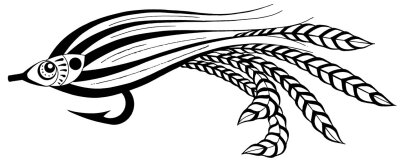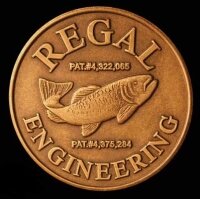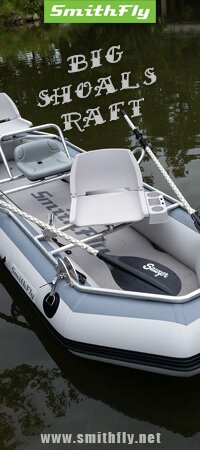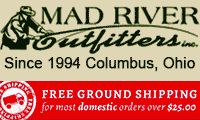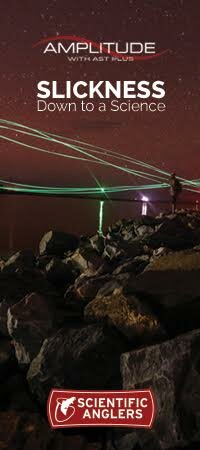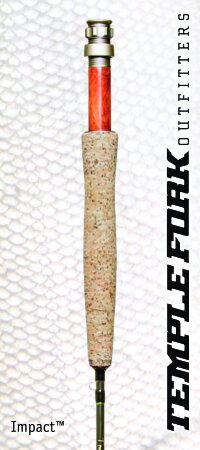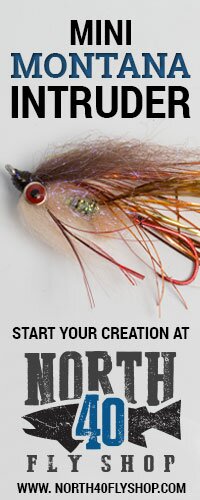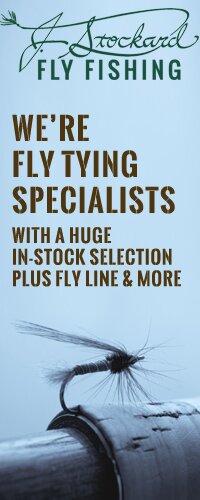For the last month I’ve been able to finally experience what it’s like to tie on a Regal. The model I have been using is their latest, Regal Revolution. Regal Vises are IN-LINE rotary vises. It was very easy to unpack and put together right out of the box. The jaws on this particular vise are the Traditional Head. The other heads available are the Big Game Head and if you want a Midge Revolution, you can custom order it. The Stainless Steel Head is not available for the Revolution.
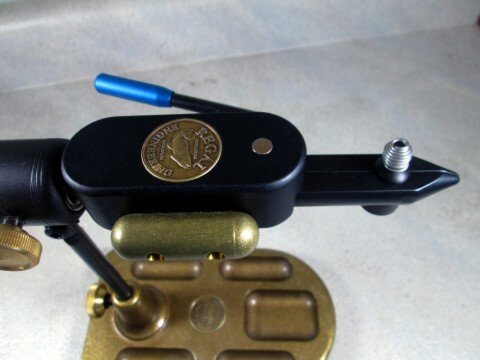 As most of you know that read FrankenFly on a regular basis, I tie all types of trout flies and big streamers for bass. I don’t normally go as large as pike size streamers. The largest flies I tie are for largemouth bass. The Traditional Head handled this without problems. The smallest hook I used was a size 16. The largest hook I used was a 1/0 Mustad 3366 and Gamakatsu size 1 B10S Stinger. I would suggest asking Regal to recommend what Head you should purchase depending on your tying style.
As most of you know that read FrankenFly on a regular basis, I tie all types of trout flies and big streamers for bass. I don’t normally go as large as pike size streamers. The largest flies I tie are for largemouth bass. The Traditional Head handled this without problems. The smallest hook I used was a size 16. The largest hook I used was a 1/0 Mustad 3366 and Gamakatsu size 1 B10S Stinger. I would suggest asking Regal to recommend what Head you should purchase depending on your tying style.
I think the two features that stood out the most were the holding capability of the jaws and the one arm operation of placing a hook in the jaws.
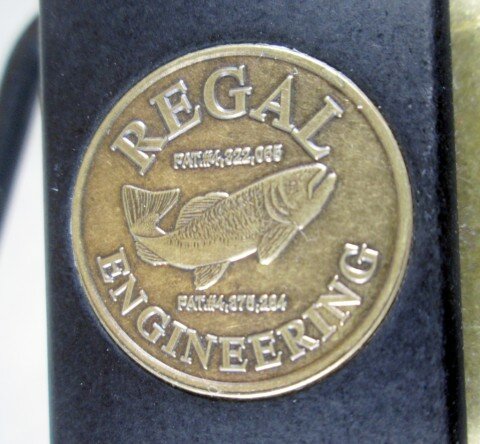 The power of the jaws are honestly top notch. I can really torque down when tying a streamer and the hook stays in place.
The power of the jaws are honestly top notch. I can really torque down when tying a streamer and the hook stays in place.
The one arm operation is just that. You squeeze the lever with one hand, place the hook in the vise and release the lever. Presto, you are ready to start tying! I can see where this would really help the speed of a commercial tyer. You can switch hook sizes without making any adjustments at all. For example on the Traditional Head, you can go from a #22 to a #1/0 without making any adjustments.
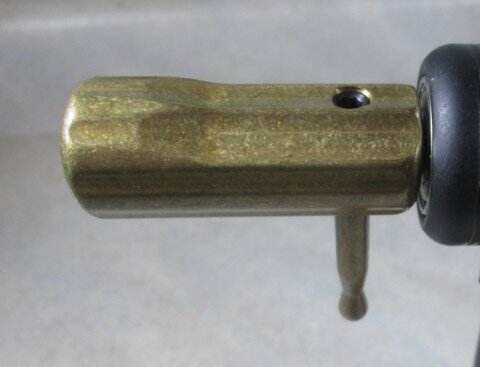 The components of the vise are of good quality. There was nothing flimsy or weak about the vise. The rotary or rotating of the vise can be used by turning the brass handle. I adjusted the pressure with a knob and then I could just reach over and turn the brass handle to rotate my fly. It’s easy to adjust and I like that it isn’t a thin or small knob. Other adjustments can be made to the vise using Allen wrenches that are provided.
The components of the vise are of good quality. There was nothing flimsy or weak about the vise. The rotary or rotating of the vise can be used by turning the brass handle. I adjusted the pressure with a knob and then I could just reach over and turn the brass handle to rotate my fly. It’s easy to adjust and I like that it isn’t a thin or small knob. Other adjustments can be made to the vise using Allen wrenches that are provided.
I have a Regal base for this vise. It’s the model with built-in pockets. It’s heavy duty metal and the pockets are handy to place small flies, beads, extra hooks, etc.
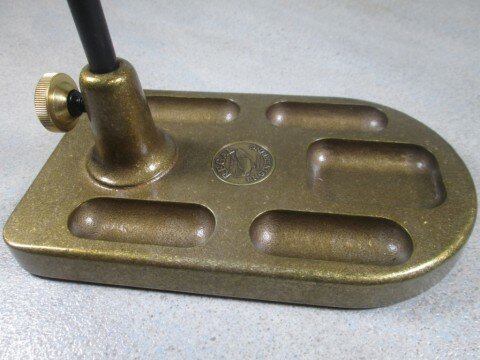
The one thing I didn’t like and was literally in the way, was the material spring near the jaws that is on top of the jaws of the vise. This gets in the way when you’re working with tails on your flies.
However, when I explained this to Michael McAuliffe of Regal he said, “We have redesigned the head so it will no longer have a post or material clip. We will have removable material clips available for purchase. This change will be effective Jan 2014.”
Don’t get me wrong, it can be worked around, but I’m glad to hear about the redesign.
After using the vise for myself, I can see why so many professionals choose a Regal as their main fly tying vise. It’s definitely a top of the line, quality vise, that deserves the reputation it has among professionals. I would highly recommend a Regal Vise for anyone looking for a new vise.
Please visit the Regal Vise website for more information.


 New powders from Loon Outdoors are an interesting product for fly tyers. Interesting in a way that provides some customization of your flies. The Phosphorescent Fly Tying powder adds glow in the dark properties to your tying cements. The Pearlescent Fly Tying powder adds some flash or sparkle. While the Tungsten Fly Tying powder adds weight.
New powders from Loon Outdoors are an interesting product for fly tyers. Interesting in a way that provides some customization of your flies. The Phosphorescent Fly Tying powder adds glow in the dark properties to your tying cements. The Pearlescent Fly Tying powder adds some flash or sparkle. While the Tungsten Fly Tying powder adds weight.

